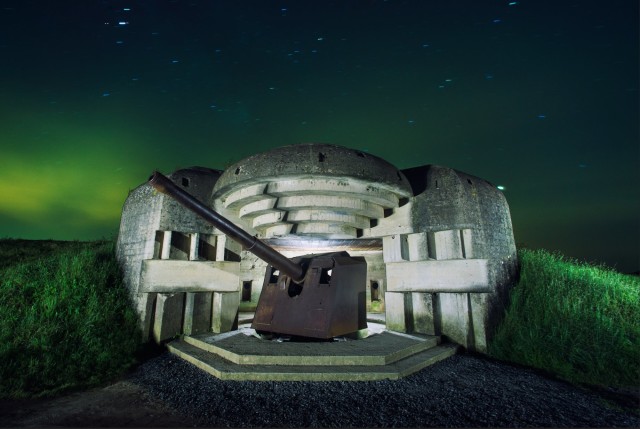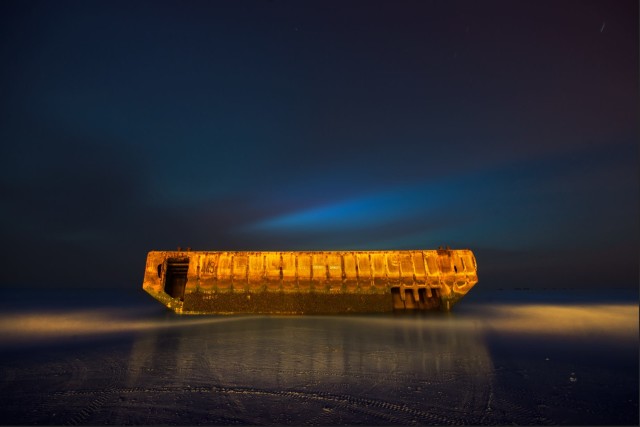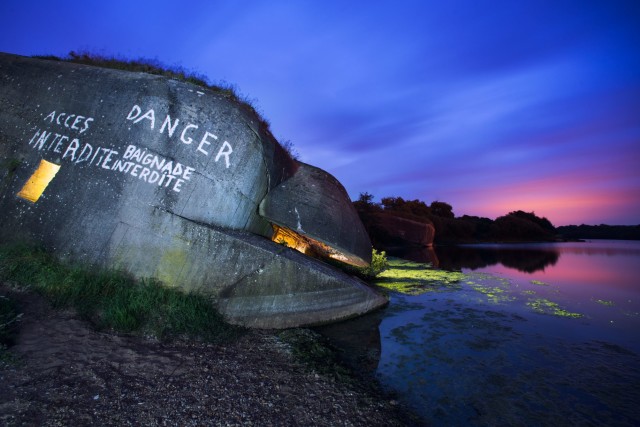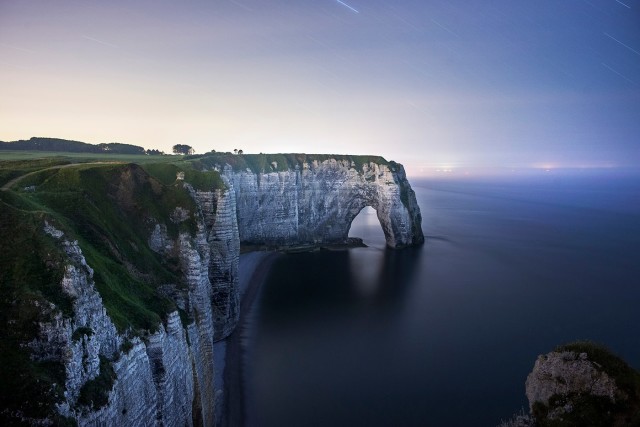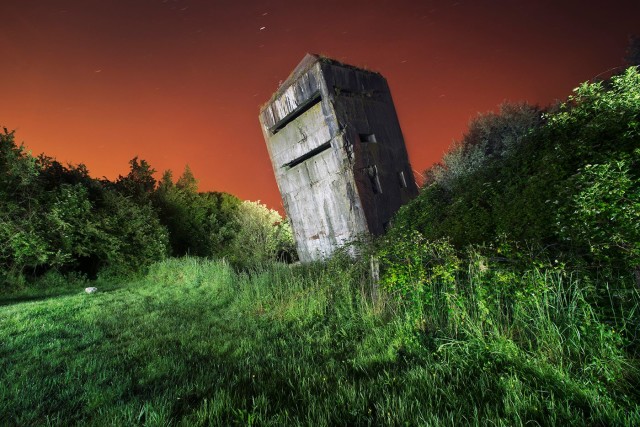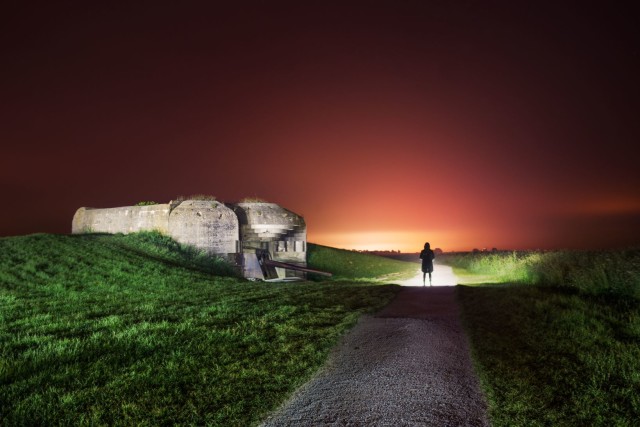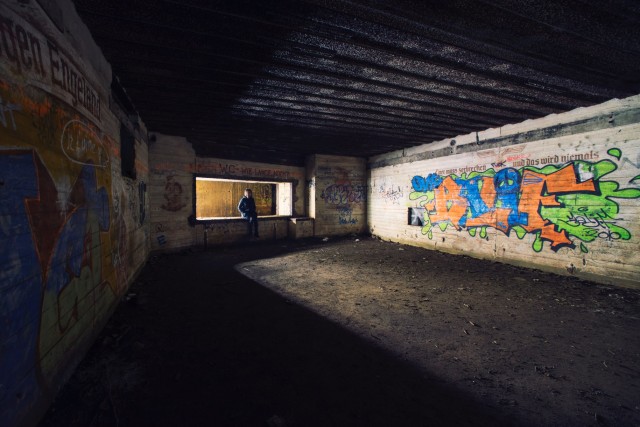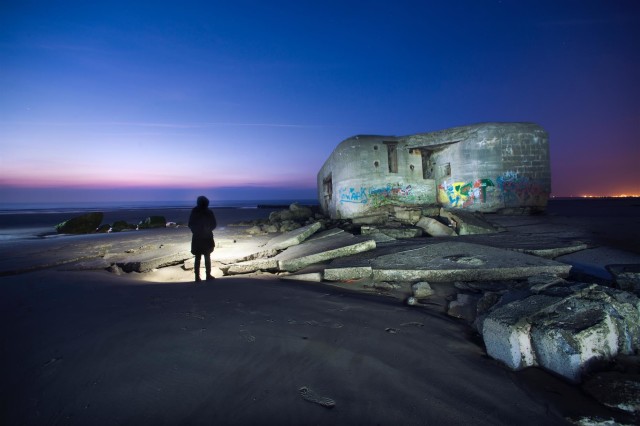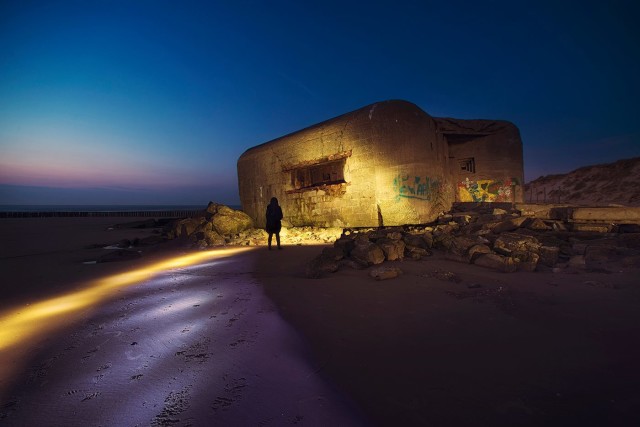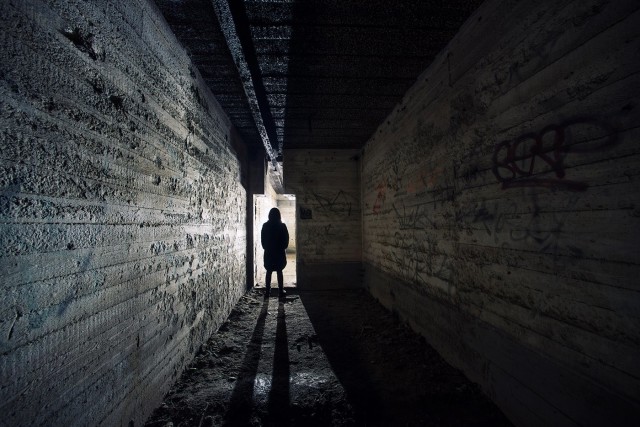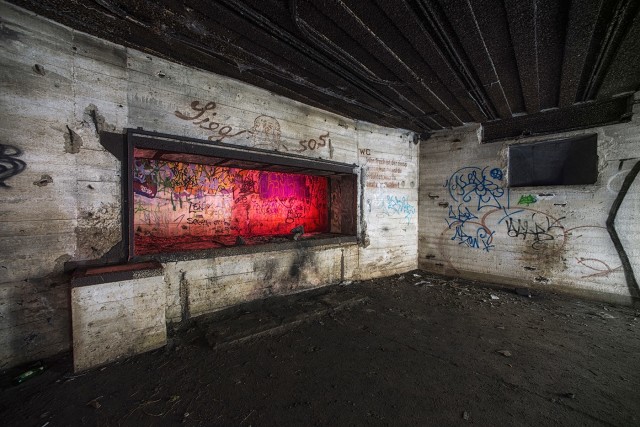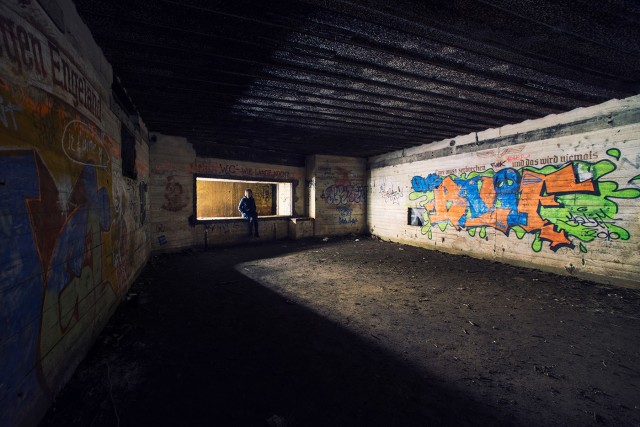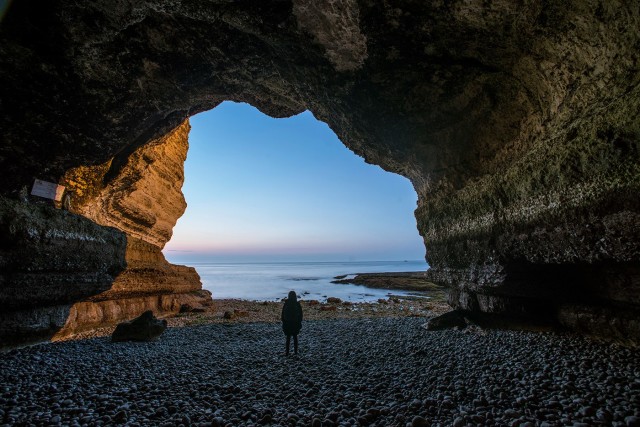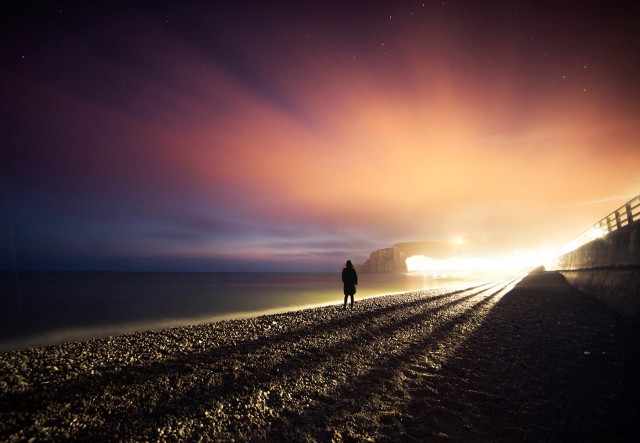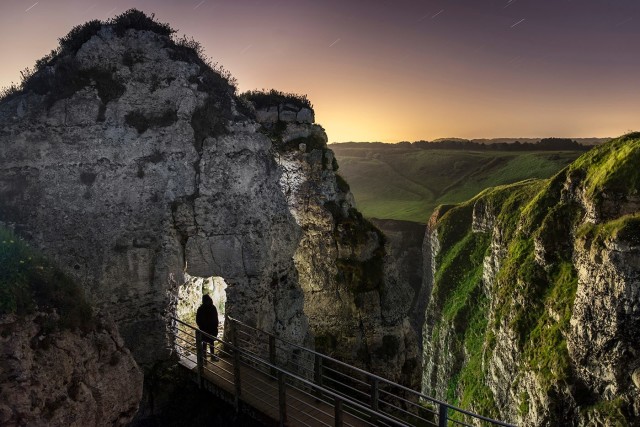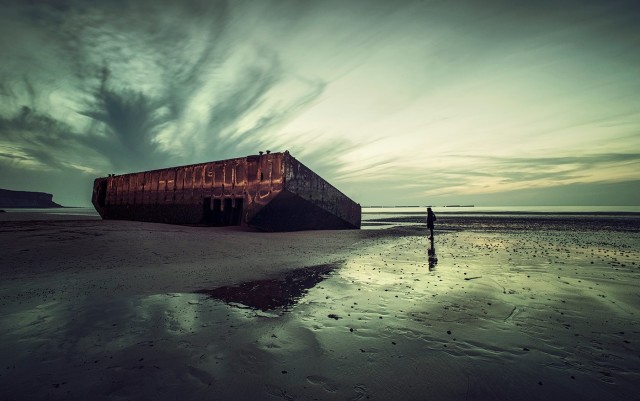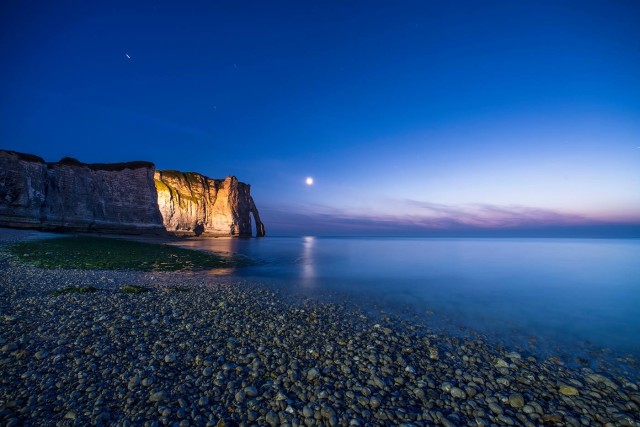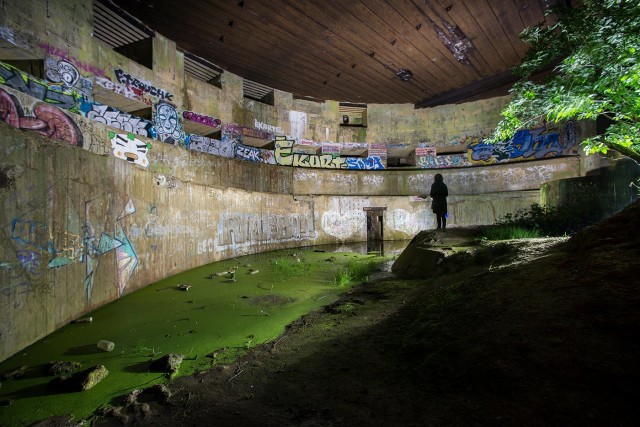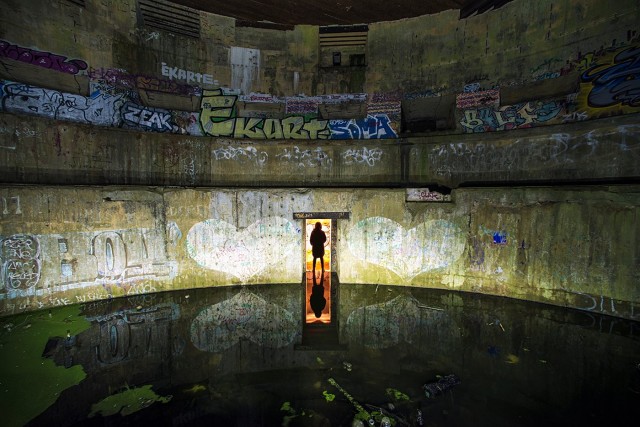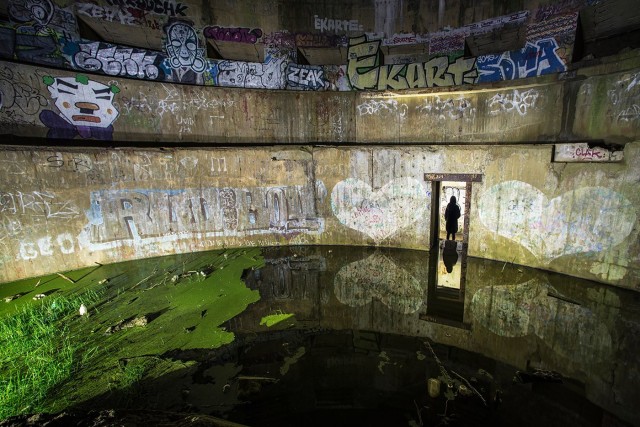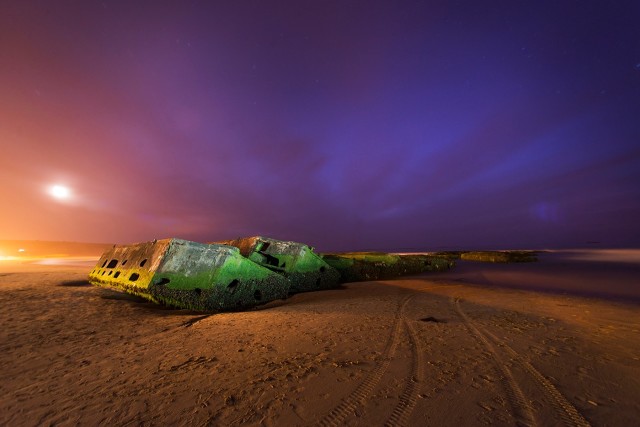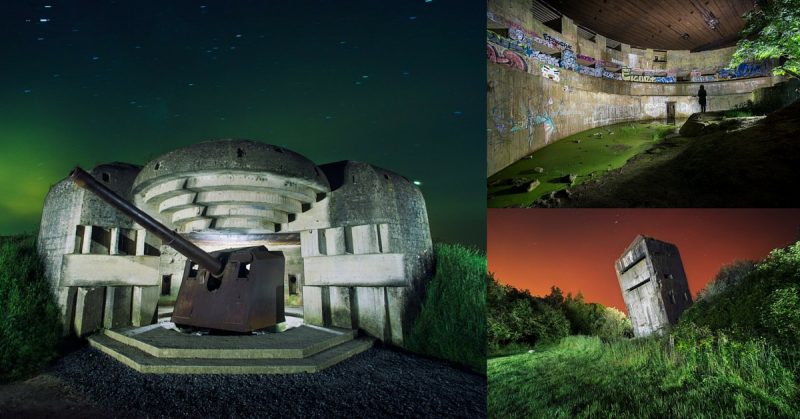The Atlantic Wall went down in history as the main defense line of the Atlantic coast in then-occupied Europe. A network of bunkers and fortified gun batteries laced with barbed wire was intended to repel an attack by a force that was superior in numbers. In addition to this, Hitler ordered that the submarine bases along the coast be heavily defended, for they represented the launching point of almost all of the Nazi Germany’s operations in the Atlantic.
The Nazis undertook an extensive propaganda effort to portray the Atlantic wall as impregnable. It was essential to sooth the German people into believing the myth that the coast of Normandy was secure. Even though the defense line was indeed colossal, its size was widely exaggerated in the press, creating the illusion of an invincible line of fortifications that stretched along the European coast, from the cape of Norway to Spanish border.
More than 600,000 French workers were drafted and forced to work day and night along the coasts of France, Netherlands and Belgium to reinforce the defense line. Even though many fortifications were built along this line, the defensive wall never reached its full capacity. The construction – which lasted from 1942 to 1944 – was violently interrupted by the Allied landings. Most of the bunkers were overrun within several hours on all of the designated beach points.
Today, 72 years after the historical landing on D-Day took place, the remains of the defense line serve as a haunting reminder of the times of war. This photographer offers a different insight into the infamous defense system. As the remains of the Atlantic Wall blend into the background of vivid colors, they become more than just landmarks of the past. Abandoned concrete bunkers decorate the coastal landscape in a strange manner, offering an out-of-this-world experience.
